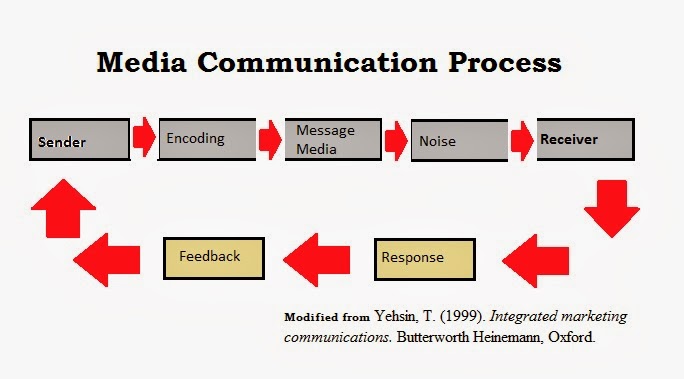Internet marketing is in an ever changing state of development with both successes and failures. At times it can be a cost effective approach to reach out to increasingly Internet savvy consumers but at other times the total online marketing mix may be incorrect leading to wasted resources. Research by Li and Kannan (2014) delves into online channels, visits and purchases. Their study helps in understanding how channels work together to create effective practices.
Marketing channels range but often include direct URL,
searches, referral sites, emails, and banner ads. It is also possible that
customers may choose a display impression but never actually click upon it.
Each channel has varying effectiveness in terms of its ability to encourage
customers to make a purchase. In other
instances these channels may be used in combination along with newer mediums
not yet incorporated into the mainstream.
In any online marketing campaign there costs of
effort and cognitive costs. Finding the necessary information to make the
purchase has a cost factor (Shugan, 1980). If this information is difficult to
find, doesn’t move to a purchase quickly, and is difficult to navigate
customers may deem these costs as too high and simply move onto other sites
without making a purchase. The process
of finding and purchasing should be smooth, simple, and use the least amount of
effort.
There are also cognitive costs associated with the
processing of information (Johnson, et. al., 2003). All processing of
information takes considerable energy. Difficult to understand pages with
irrelevant information raise cognitive costs. Marketing should encourage faster
and simpler mental processing based upon the merits of the product and the
audience. There are natural differences in the type of customers attracted.
The authors found that it is necessary to estimate
the effects of visiting and purchasing to find appropriate avenues of raising
click to purchase rates. The channels often work together but those firms with
strong brands can obtain as much traffic through organic searches as they can
through paid searches. Paid searches constitute around 50% of online marketing expenditures
but if removed customers switched to organic searches. Email and organic
searches have a longer impact than click through ads and should have greater
emphasis in a marketing campaign. Likewise, retargeting click through ads
seemed to be less effective over time.
Johnson, E. et. al. (2003), Cognitive
Lock-In and the Power Law of Practice. Journal of Marketing, 67 (April), 62–75.
Li, H. and Kannan, P. (2014). Attributing
Conversions in a Multichannel Online Marketing Environment: An Empirical Model
and a Field Experiment. Journal of
Marketing Research, Vol. LI
Shugan, Steven M. (1980), “The
Cost of Thinking,” Journal of Consumer Research, 7 (2), 99–111.


